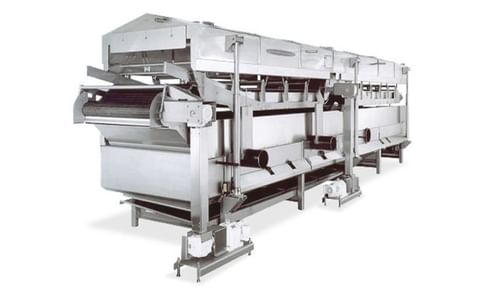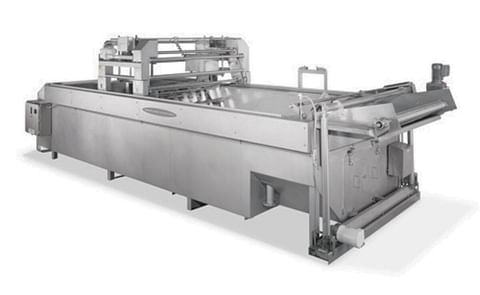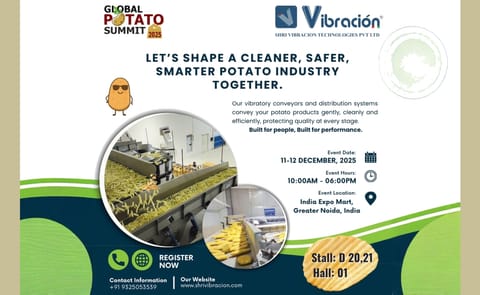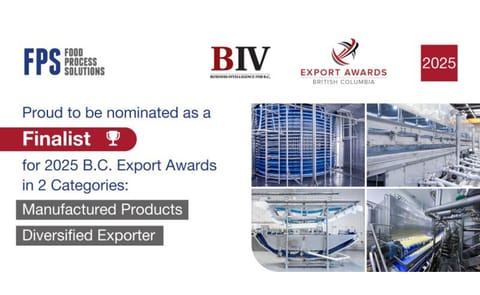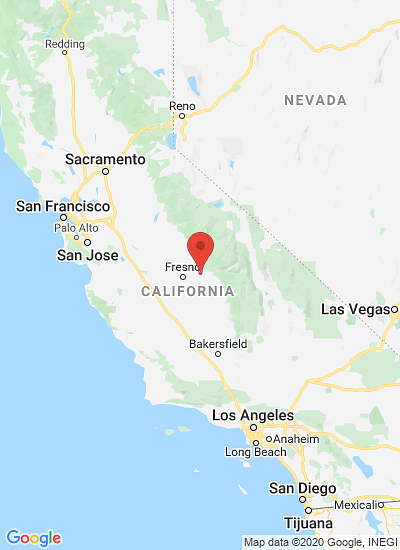Industrial Frying: Heat and Control explains How to Maximize Cooking Oil Life
Industrial Frying: Heat and Control explains How to Maximize Cooking Oil Life
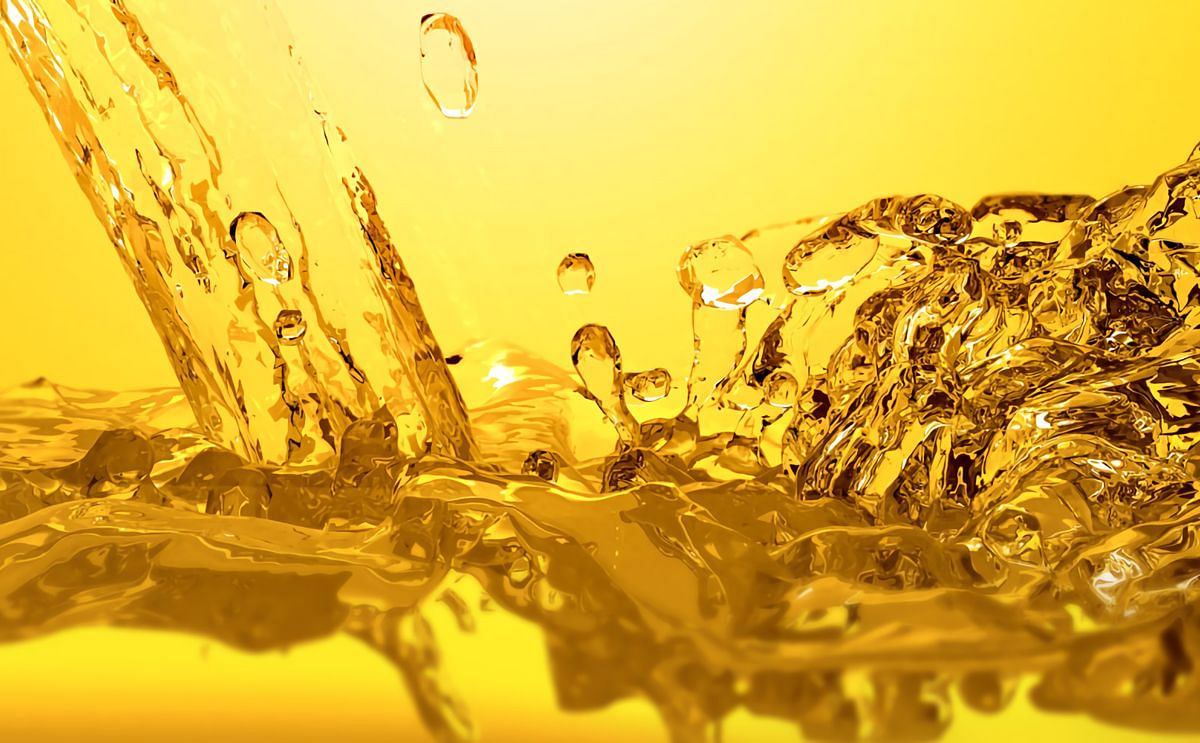
Cooking oil is a key component of food processing, and taking steps to delay its degradation can result in reduced waste, costs, and risk of creating poor-tasting food products. This article is about optimizing cooking oil life in industrial frying applications. Industrial Fryer specialist Heat and Control explains.
Since deterioration is a multi-faceted problem, processors need to tackle the issue on several fronts—understanding their market and their environmental needs, selecting the appropriate frying system, determining the oil that is best suited to their frying system and product, and following good oil management to maintain high oil quality.
How does oil go bad?
There are three main types of cooking oil breakdown:
1. Oxidation
This occurs when air contacts cooking oil. The oxidation reaction is catalyzed by high temperatures, metal alloys, large-surface exposure of oil to air, slow rates of oil turnover, and UV light. Antioxidants can be used to delay the onset of excessive oxidation and to help maintain product shelf-life.
2. Hydrolysis
This is caused by water interacting with cooking oil, causing the end-product to have an off-flavor. Several factors can exacerbate hydrolysis, including acids, high temperatures, slow rates of oil turnover, increased number of heating and cooling cycles of the oil, fines in the oil, products of oxidation, caustic soda, metal alloys, and some emulsifiers.
3. Polymerization
When frying oil deteriorates, the resulting products form both volatile (or reactive) and non-volatile compounds. Non-volatile compounds remain within the frying oil and can produce polymerization. These molecules bond together to form large, different-sized clusters that accumulate on the oil surface and areas of the fryer.
Since they do not dissolve, they cause foaming (e.g., trapping air in the oil), increase the possibility of hydrolysis, and make the fryer difficult to clean.
Correct oil choice and oil standards
What oil should processors use? That depends in part on market considerations. The end flavor could dictate what type of oil to use. Consumer preference might force processors to minimize the level of saturated fats in the final product.
Increasing the level of unsaturated oils would result in greater oil instability—an important consideration when selecting frying machinery.
Environmental requirements are also crucial. Some oils solidify under ambient conditions, so effective oil-handling techniques associated with correct oil storage and transfer equipment need to be considered.
Processors must ensure that their oil is suited to their cooking technique. For example, confectionery manufacturers can only use certain oils to fry nuts, so as not to contaminate their chocolate. If oil turnover within the fryer is long—as is the case in nut frying—a more stable oil may be required.
Additionally, processors must check that oil standards are met. It is essential that they establish what they perceive to be a minimum level of oil quality and ensure that the supplied oil complies within this standard.
The quality of refined oil can be compromised at any level—from raw feedstock, through the refining stage, leading up to and including the distribution of the refined product. Low-cost oil may not be the best solution. Furthermore, some oils may need to have a chelating agent (to prevent particle build-up) added to fresh oil before it is poured into the fryer, in addition to antioxidants or anti-foam additives.
Establish oil quality standards, whether it is FFAs (free fatty acids), TPM/TPCs (total polar molecules/total polar compounds), or PVs (peroxide values), and stick to those standards. If you surpass your limit thresholds, the oil will continue to degrade, resulting in reduced to unacceptable product quality.
Proper storage and handling
During delivery, bulk oil should only be received via vehicles designed for oil handling. In addition, the vehicle should be clean both on the outside and on the inside to prevent contamination. During the transfer, care should also be taken so that the oil is not accidentally aerated. This is especially important when the tanker is almost empty.
Oil-storage tanks should be sealable to slow the flow of air into the headspace. Ideally, they should be injected with some form of inert gas, like nitrogen. In addition, tanks and pipework should be constructed of materials that will not compromise the oil—copper or brass parts are not acceptable.
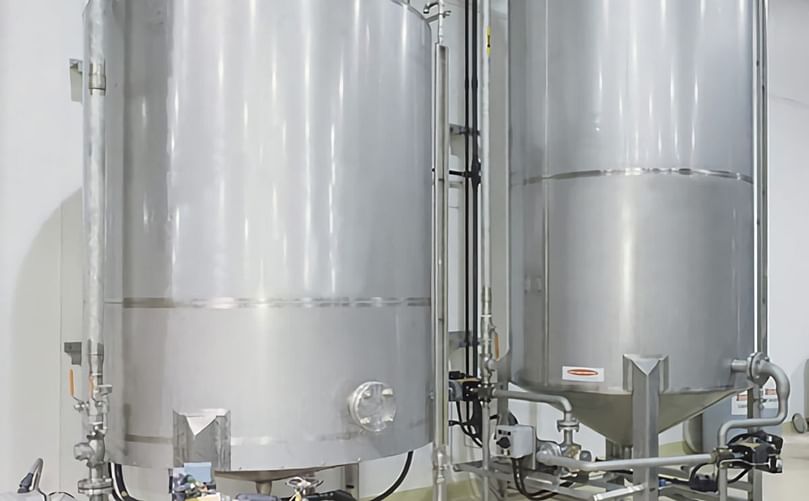
Industrial Fryer Oil Holding Tanks
In terms of maintenance, tanks, and associated pipework may need to be traced or heated to maintain oil in a liquid state. Cleaning should be done routinely to keep the storage tank hygienic.
Smart equipment selection
There are a variety of different fryer styles and configurations available to processors, ranging from large, continuous systems to small, restaurant-style batch units. The type of system is dependent upon processor requirements and resources. When selecting a fryer system, consider the following factors:
- What are the desired characteristics of the finished product?
- How many pounds/kilograms per hour of the final product are required?
- How much heat energy is required and what type of heater is needed?
- What level of oil filtration is required?
- How much oil will be absorbed or given off by the product during cooking?
- How will the machine affect oil selection?
- What is the size of the raw/cooked product?
- Does the product have any special frying characteristics, such as sink, float, sink then float?
- This will determine the type of conveyance mechanism required to bring the product through the fryer.
- Does the end product have any special characteristics?
- How easy is it to clean the fryer?
Well-designed fryer systems address processor needs and help to maintain oil integrity within the fryer. The following are factors to consider when preventing oil degradation:
Fryer Sizing
The fryer should be sized to suit the heat load, production capacity, and output requirements. If systems are sized too large for production capacity, then the oil turnover time can be too long, causing oil to breakdown too quickly before it can be replaced by fresh make-up oil. If the heater is sized too small, the output may have to be reduced, again causing oil quality to suffer.
Oil Levels
Maintaining the correct oil level will minimize oil and product quality issues.
Modified Atmosphere
This ensures that the frying oil is exposed minimally to air. This is done by various methods (e.g., steam blanketing, internal baffles, controlled air flows). Each technique is designed to prevent oxidation, the process where air interacts with the hot oil. See oxidation above.
Correct Material
Materials should be manufactured from functional materials that do not compromise oil quality. Most modern equipment is manufactured from stainless steel; however, carbon steel is acceptable in certain instances. Brass or copper should never be used because it reacts chemically with cooking oil, immediately making it rancid.
Effective Filtering
Filtration removes particulate material or debris, commonly known as fines before it compromises the end-product or degrades the oil. Fines left in the fryer will burn and carbonize, and burnt fines are one of the greatest contributors to degrading oil quality. Using an absorbent that removes FFAs can rejuvenate the oil.
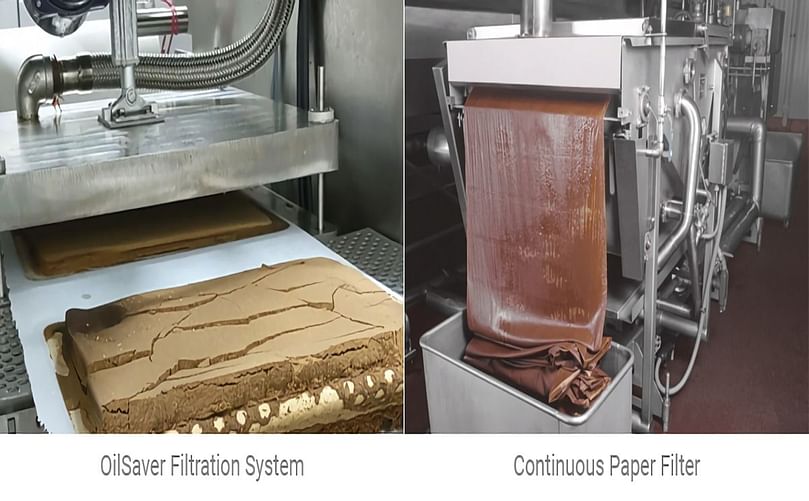
Industrial Fryer Oil Filtration Systems
Oil heating systems should be designed both to fulfill heat-load requirements and to minimize any oil damage from excessive heater/oil-film temperatures.
Low Oil Volumes
Minimized oil volumes within the fryer system reduce the time needed to replace old oil with fresh make-up cooking oil as oil is absorbed into the product and taken from the system. This, in turn, helps control oil conditions.
Ease of Cleaning
The system should offer features that help with cleaning procedures. It is important fryer systems have built-in clean-in-place systems for efficient, automated cleaning.
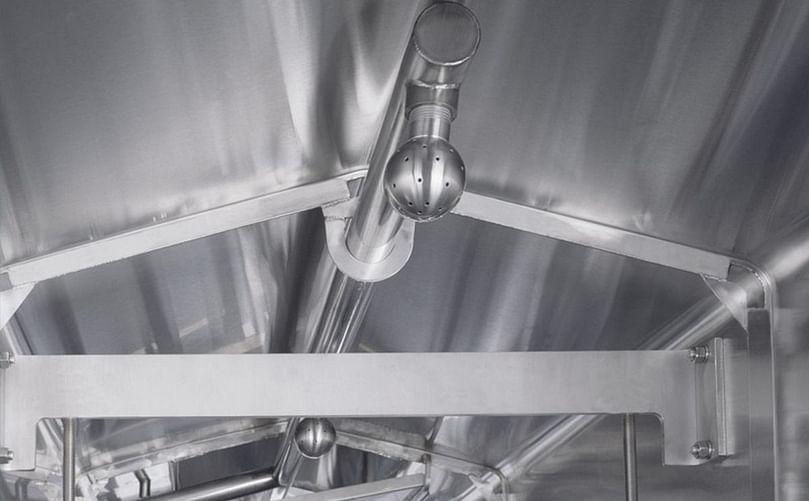
Industrial Fryer Clean in Place CIP System
The removal of water from a fryer system after cleaning is crucial, not only for maintaining oil integrity but also for user safety.
Tips to help maintain oil quality
Start as Late as Possible
Fill and start heating the fryer system only when production is about to begin. Pumping and heating oil without cooking any food for prolonged periods of time will not only damage the oil, but it may also result in additional costs.
Keep the fryer Hood Closed
Keep the fryer hood closed as much as possible to maintain the modified atmosphere (e.g., steam blanket within the fryer). At the same time, this inhibits the ingress of air into the fryer. The machine operators should not lift the fryer hood or its opening as the machine will quickly lose its protective steam-laden atmosphere.

Industrial Fryer System
Fresh Oil May Need Older Oil
Fresh oil does not always have the ideal flavor characteristics that are developed later in the frying process. Oil can be conditioned by adding older oil to the fresh oil. After commencement, processors should use a controlled rate of the appropriate oil to maintain the desired flavor characteristics.
Cool and Store as soon as Possible
After shutdown, or upon extended production stoppages, the oil should be cooled to below 250°F/120°C as quickly as possible and then stored in an appropriate storage area.
Cleaning
The frying system should be cleaned regularly, not only for HACCP compliance, but also to minimize oil deterioration.



